Paulina Ulloa
Chilean Paulina Ulloa is a gentle soul and a psychologist. She also happens to be an enduro enthusiast who has been riding for just under a year but she has already ridden across several countries in South America. Check out this passionate rider from Santiago as she talks about her approach to riding, her fantastic trip of a lifetime, and about riding in Chile.
Rashmi Tambe
Editor, Global Women Who Ride
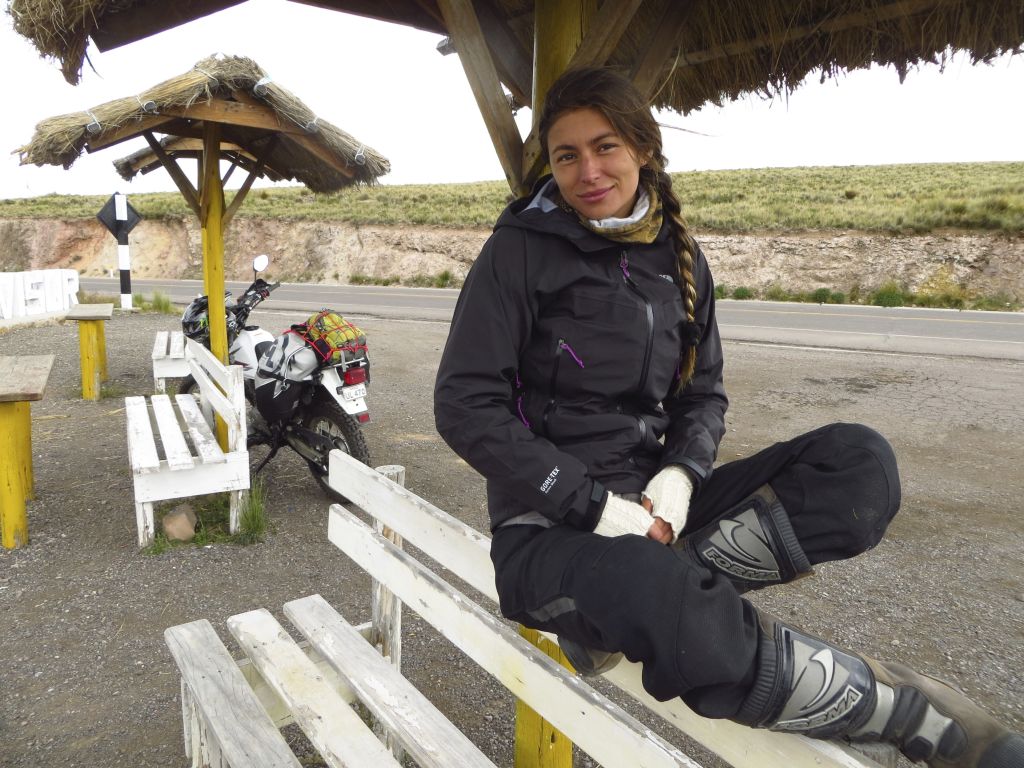
Please introduce yourself.
I became a motorcyclist in the year 2013, when I decided to learn how to ride, no matter what. While I had never handled a motorcycle before, I didn’t feel fear and I dared to take it as a personal challenge.
As soon as I bought my first bike – a Honda 125cc – to learn how to ride, I enjoyed the experience so much that I decided to start planning a big trip. After earning my psychology degree in Santiago, Chile, I worked for a year and saved money for this journey. My boyfriend Paul and I decided to ride our own motorbikes from Santiago, Chile to Peru, Bolivia, and Ecuador, to return to Peru, and in my case to Chile.
Psychology is something that I love and enjoy very much, but after spending several years at the University achieving multiple goals and handling many duties, I knew that it was time to get out of those rigid schedules and trust that even without much planning, things can turn out to be perfect and special.
I have always considered myself an adventurous and passionate woman. I like challenges and what I propose to myself I take very seriously. When I got my motorcycle driver’s license, I upgraded from my little Honda 125 to a Suzuki DR 200 dualsport. It was a very light, simple, and perfect bike to begin my journey. I have ridden more than 11,000 km on it across South America managing to fulfill my own dream of traveling in a way that I never thought possible. Those 7 months of traveling in different countries and cultures have made me smile like never before. It was the best decision I could make: “daring to trust myself and learning to ride without any fears getting in my way”.
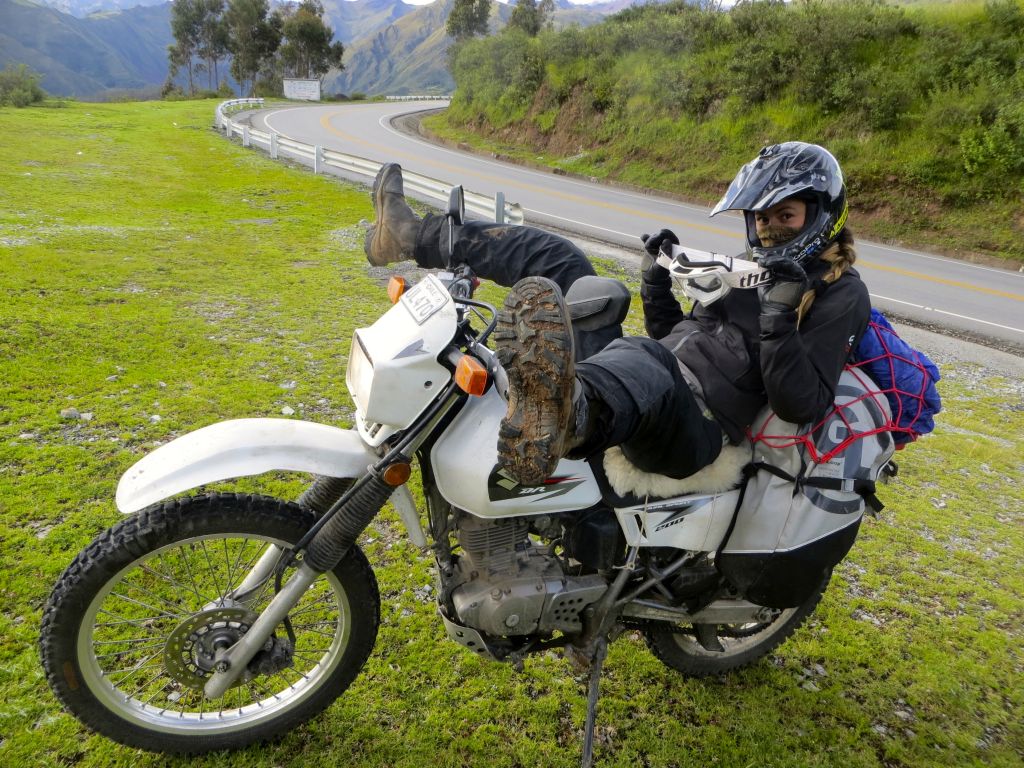
Describe your path into motorcycling.
Life put in my path my boyfriend Paul Pitchfork, a traveler and experienced motorcyclist with whom I share very similar interests. He was the one who taught me how to ride in 2013. Even today, I am still learning from the very professional and safe classes that he prepared for me. He introduced me into the world of motorcycles, which has become a great passion for me.
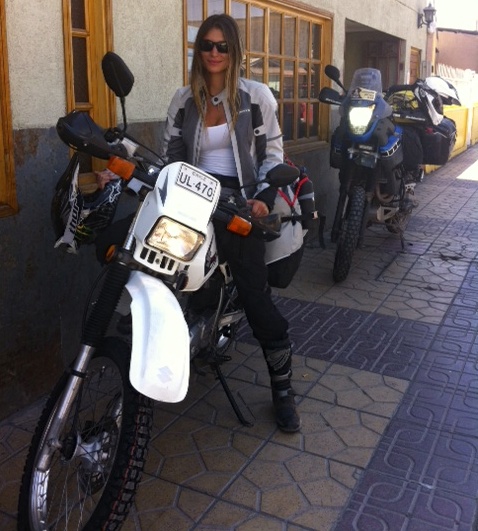
What bike did you first start on?
I started learning on a small Storm Honda 125 cc. I bought it just to learn on. I had it for three months and it was perfect for giving me the confidence I needed to get my driver’s license.
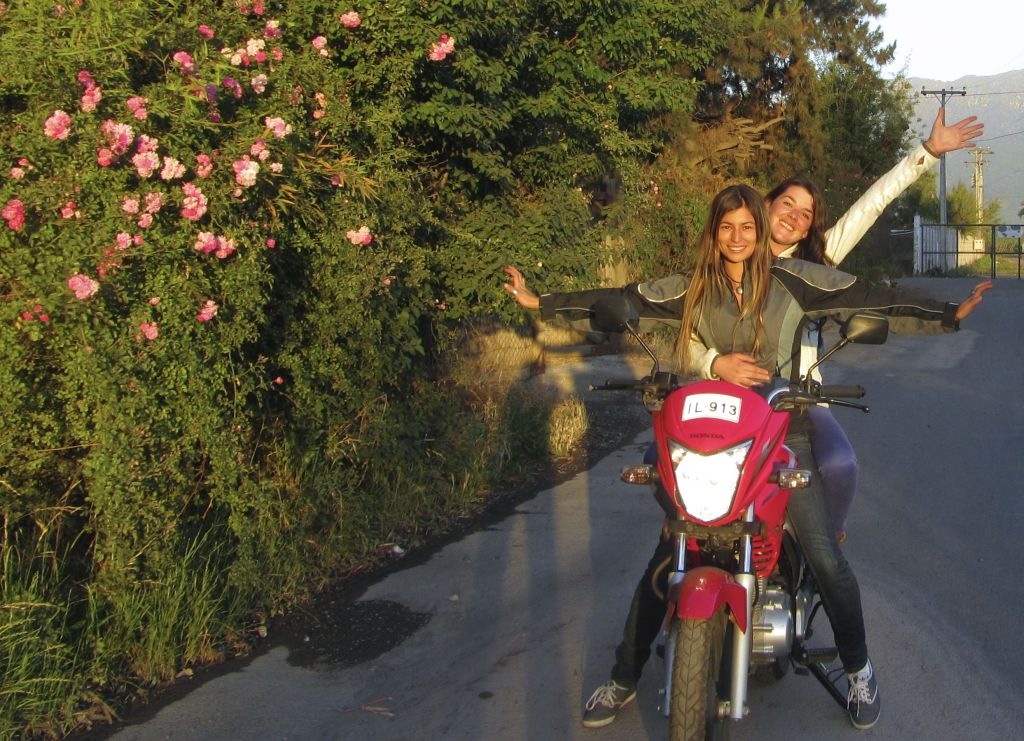
Describe your current motorcycle.
I chose the Suzuki DR 200 SE because it is a very light and simple bike. It weighs just 113 kg and is 100% Japanese. As I needed one for a long journey, I wanted it to be specifically dualsport. When I started my journey from Chile to Peru, I had only four months of experience riding so I didn’t dare to buy a heavier or larger bike. After several kilometers on various types of roads, the Suzuki never let me down and adapted perfectly to all kinds of challenges.
Do you have a motorcycling achievement that you take pride in?
I am proud of being able to have ridden more than 11,000 km with only four months of riding experience. Having been able to visit so many different countries makes me feel happy and confident that I can overcome any obstacle. Everything is possible if you do it with love and passion.
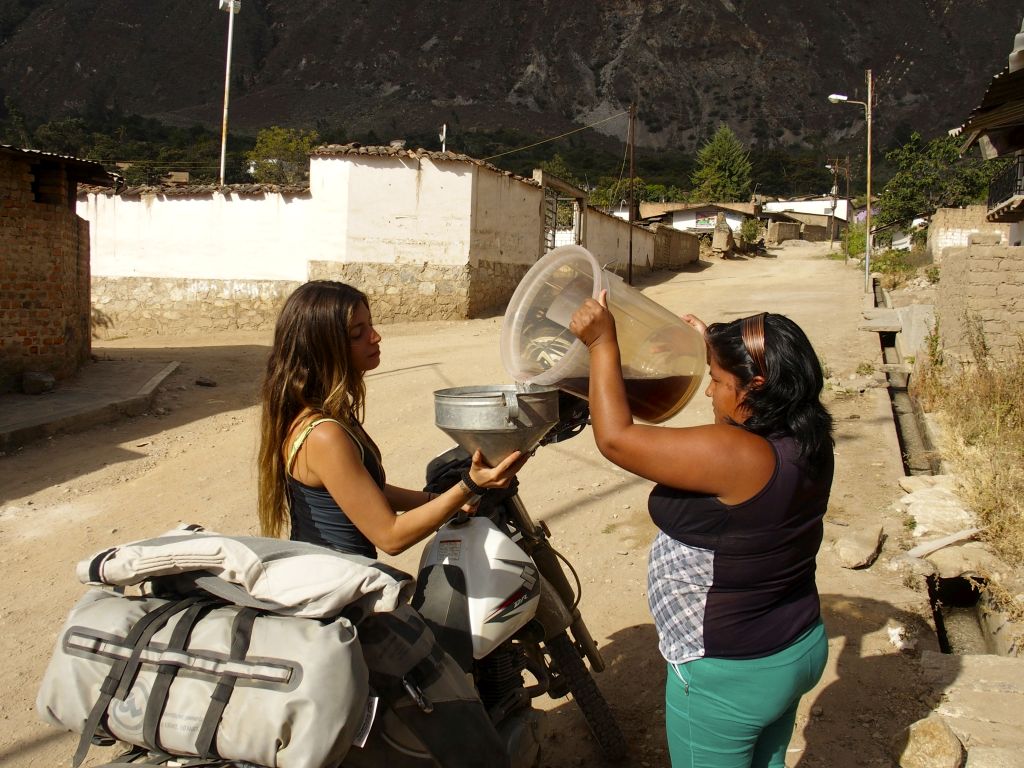
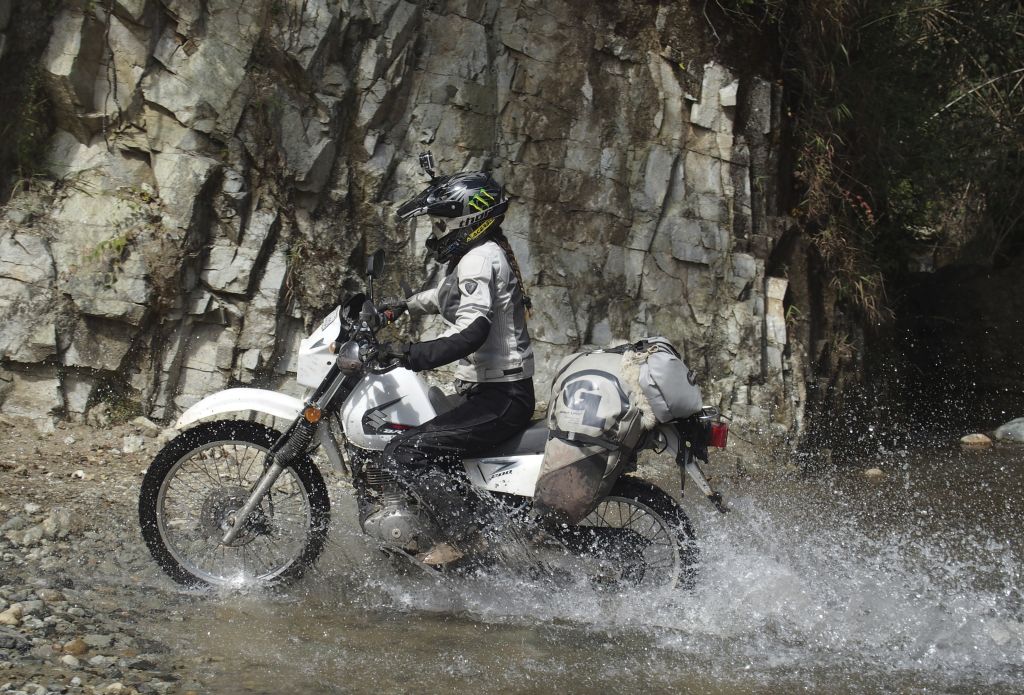
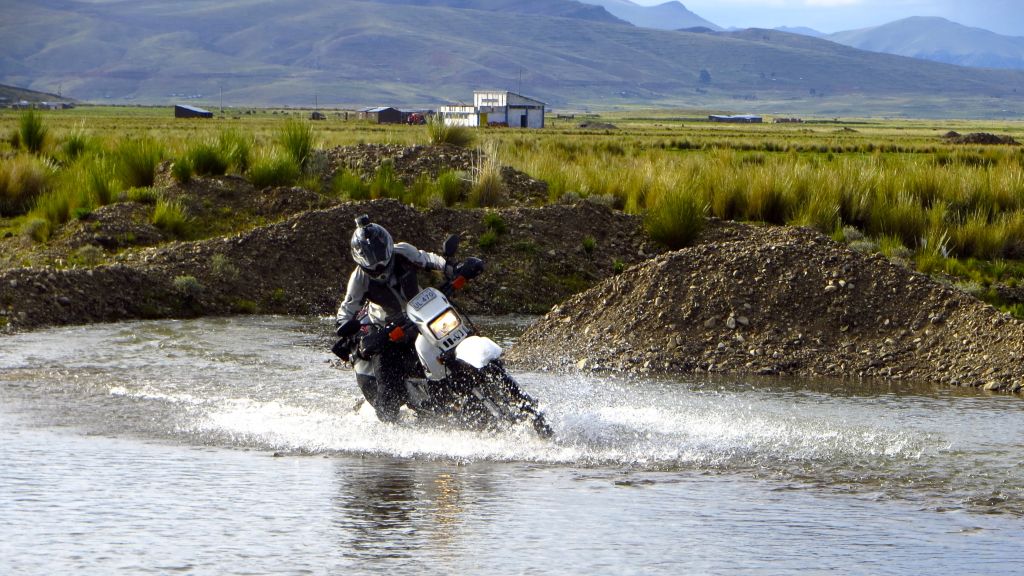
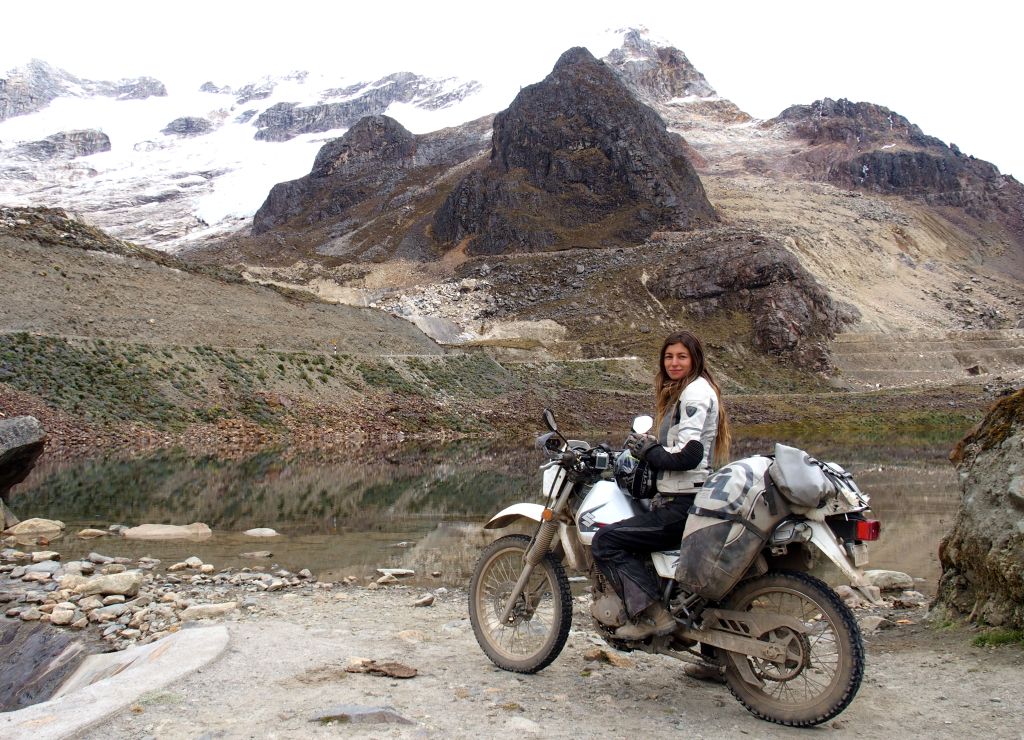
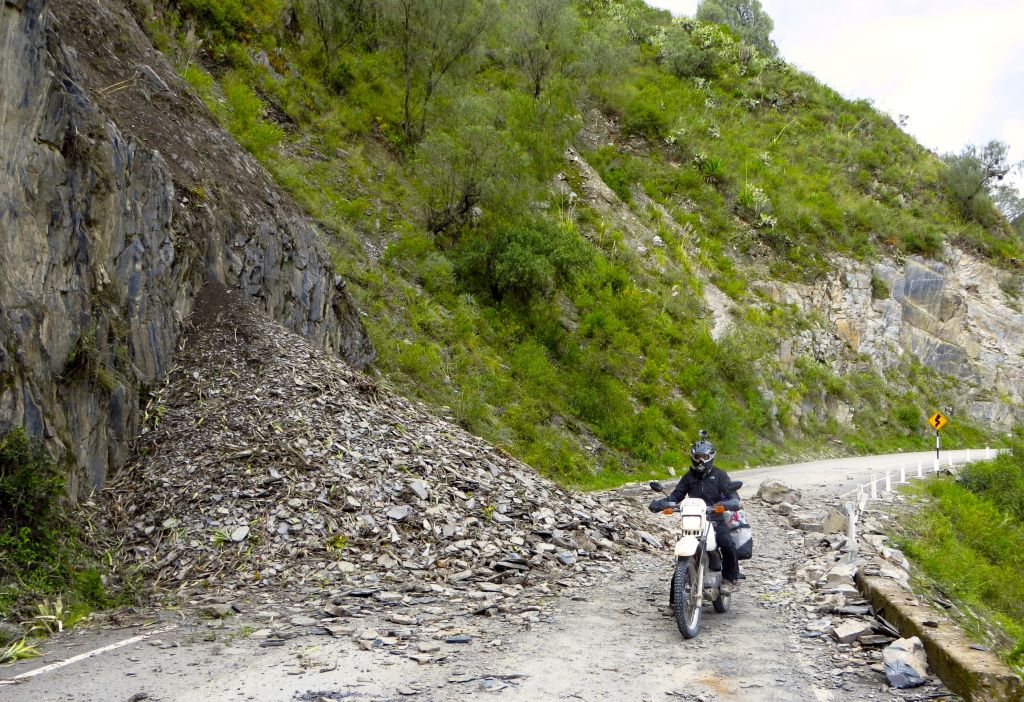
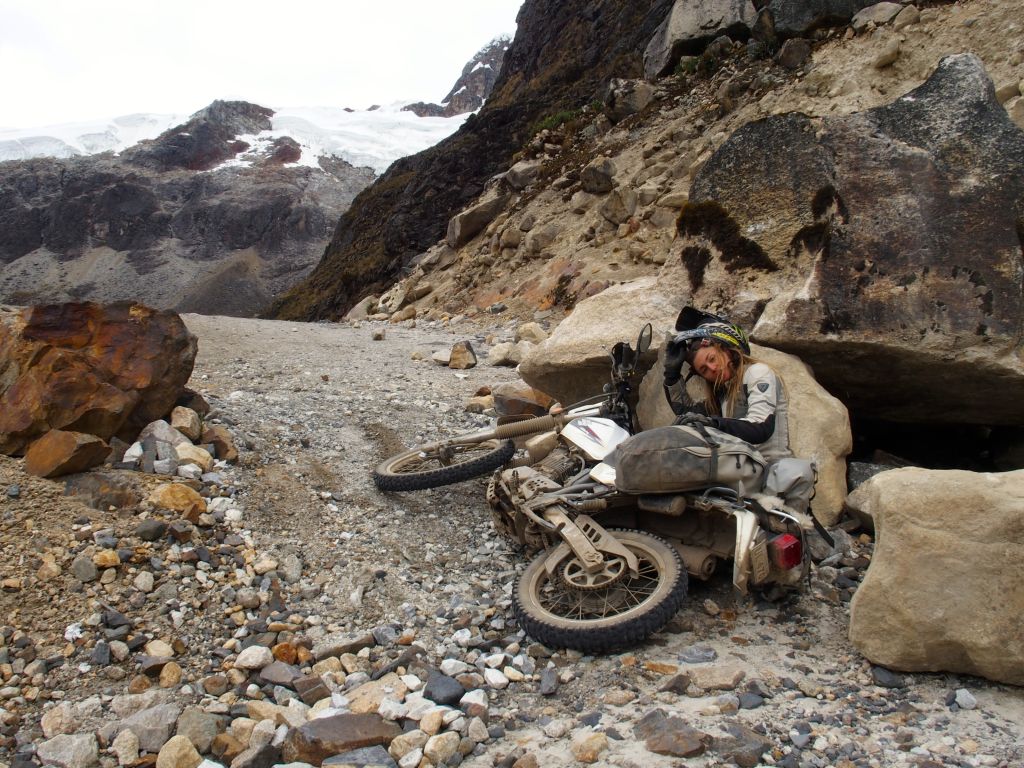
What’s your favorite motorcycling story to tell others?
When I had everything ready to go my trip, many of my friends and family insisted with great affection that I was about to do something very risky and dangerous.
Despite that, even though I respected them, I didn’t change my mind. I got on my bike and started riding from the Atacama Desert in Chile to the Salar de Uyuni in Bolivia. During the start of my much-anticipated trip, the ground changed dramatically from gravel to sand. Given the speed at which I was going and my lack of experience riding on sand, the bike began to fishtail. I could not control it and jumped off, completely abandoning the bike.
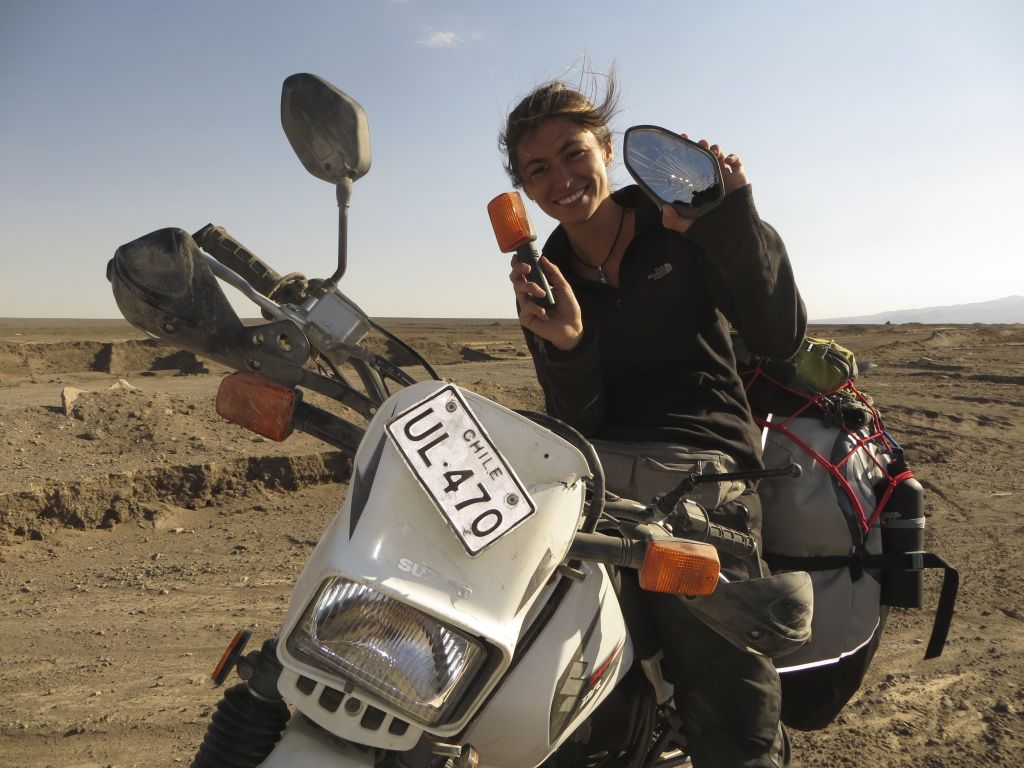
I was very lucky because nothing happened to me, but the bike was quite damaged. We ended up having to stay in Chile for more than two weeks, going daily to the workshop and talking to the mechanic to see how the repairs were going.
This gave me two options: continue riding or ending the trip. Of course what I decided was to continue my journey. Even today, this experience reminds me to be more conscientious and to ride more calmly and respectfully.
Have you made any close female friendships due to motorcycling?
Unfortunately I have not had the luck of encountering a woman during the route, only men. During the trip, I met Sarah Shannon, who was not traveling on her motorbike at the time, but she is one of us and thanks to the world of motorbikes, we began a beautiful friendship. In the same way, Fatima, a girl from Spain contacted me recently and thus began a long-distance friendship. I hope someday to meet her in person and who knows, maybe even travel together.
Do you do maintenance and repairs on your bike?
Only very basic things like changing the oil, cleaning the air filter and changing the oil filter. Everything else I have trusted to my boyfriend and other mechanics without any problems.
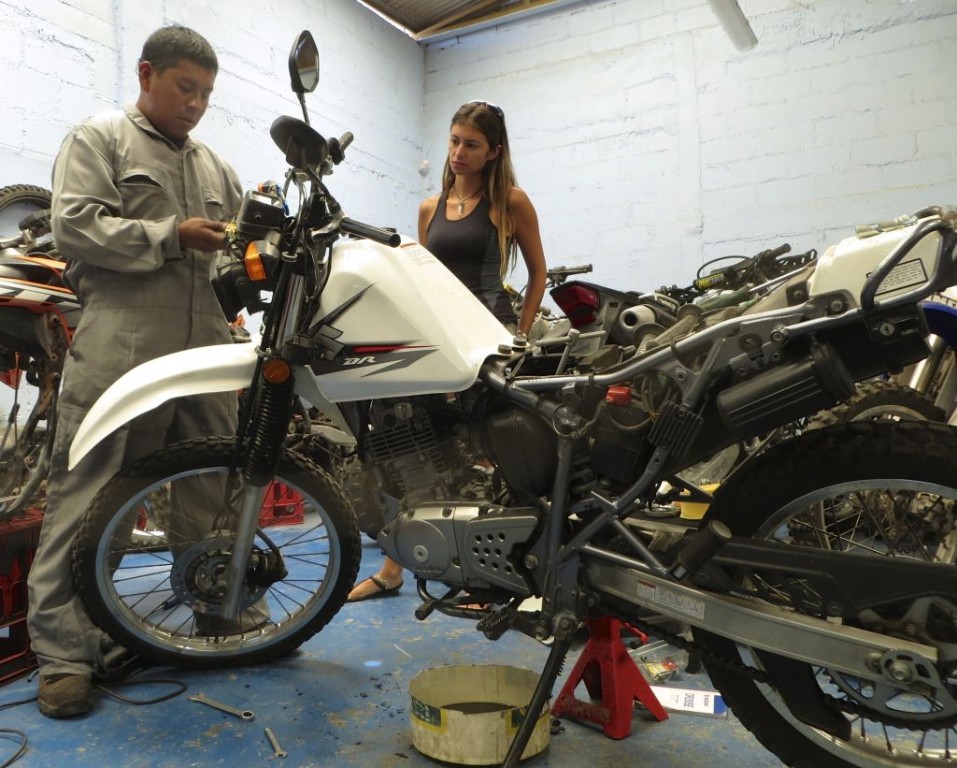
Do you have any motorcycling heroes?
I respect very much the professional career of two well-known Chilean motorcyclists who have participated in the Dakar Rally. One of them is Carlos De Gavardo, who was the first motorcyclist to compete in and finish the 1996 Dakar Rally in Paris. In addition, Francisco López, who stands out for various forms of off-road motorcycling. He was the winner of a stage in the 2009 Dakar Rally. Of course, I also have great admiration for my boyfriend Paul, who has ridden for more than 42,000 Km over two years in South America. He was a great inspiration for my having dared to do my first big trip.
Do you have any advice for people who want to get into motorcycling?
While motorcycles have a reputation for being very dangerous, I sincerely think that if you take the opportunity to learn, you must learn from someone with a lot of experience. Always use the necessary protection, helmet and proper clothing. Be calm and respectful but without fear, always relying on yourself.
RIDING IN CHILE
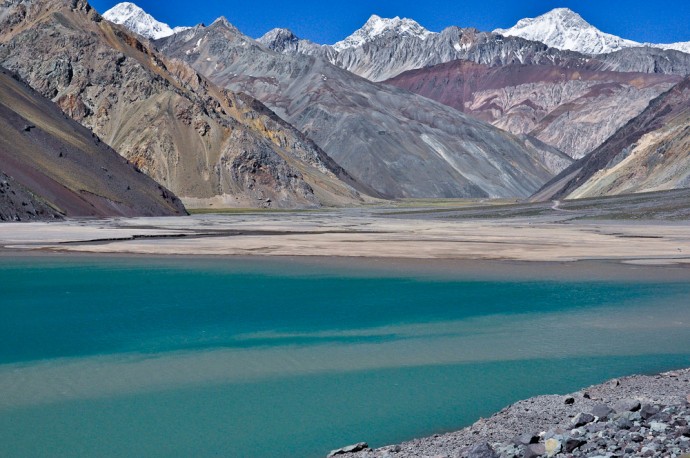
If I were to visit you and we went riding for one short morning ride, where would you take me? :)
I love the mountains, so we would take the route from Santiago to the Cajón del Maipo with the goal of reaching the Embalse de Yeso. From the Cajón del Maipo you can reach the Embalse del Yeso through a wonderful road. The reservoir is distinctive for having 253 million cubic meters of turquoise water. It is located in El Romeral, 50 km northeast of San José de Maipo and 93 km to the southeast of Santiago. It would be a day trip, very worth it if you are going to be around Santiago.
What’s the best part about riding in your Chile?
The best part about Chile as a country is that it has a variety of landscapes and climates. In the North, you can enjoy salt flats, deserts and beaches with a dry and sunny climate. Towards the South, you can find climates that are more temperate as you ride through the highways and waterfront roads.
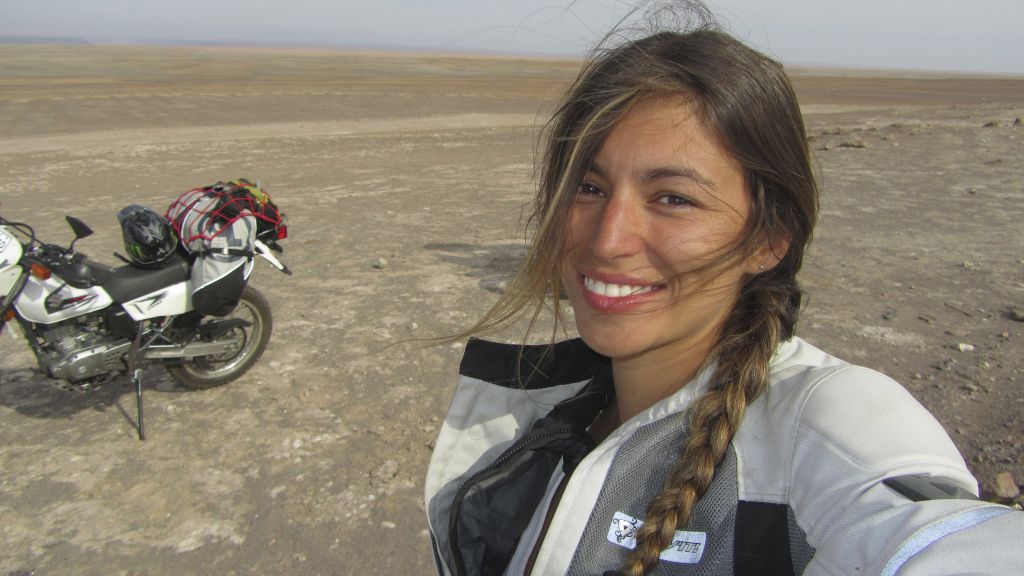
Personally, I recommend southern Chile since I feel that the landscapes and roads from the ninth region southward are the most beautiful in the country. The Chilean Patagonia is extremely beautiful with its towering mountains, volcanoes, rivers and lakes in all colors.
The famous Carretera Austral is a destination that every motorcyclist would love to visit. I’ve never had the opportunity to tour it on my bike, but if I could, I would not hesitate.
The best time for these trips, especially in the South of Chile is in spring and summer (October -February). It rains a lot in southern Chile, but on those dates, especially in December and January it is drier.
What kind of food can riders expect to stop for on the way that is typical to your region?
Across Chile, you can find typical pies (meat or cheese), mote with huesillo, our famous rice and beans, and tasty casseroles. In southern Chile, from the eighth region southward, you can savor delicious seafood pies, many different types of fish, and curantos.
If a motorcyclist from another country visited your country, what are the top rides you would recommend?
I recommend a route in southern Chile from Temuco to Villarrica, Pucón, and Caburgua where you can visit different national parks (Reserva Nacional Villarrica, Huerquehue National Park and Hualalafquén), among other attractive and interesting sites. Afterward I recommend heading southward, passing through Valdivia, La Unión, Osorno until Puerto Varas and/or Puerto Montt. From Puerto Varas towards the mountain range is Pérez Rosales National Park, where you can find a beautiful Turquoise Lake called Todos Los Santos. From there you can decide whether to continue visiting other national parks in the area or head south to Coihaique where you can find the Carretera Austral.
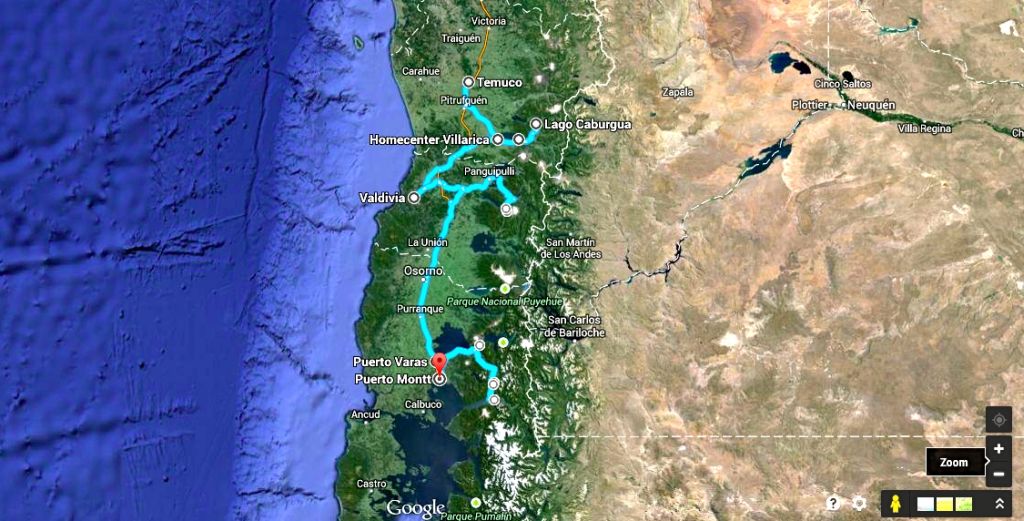
How does the topography of the place you live affect the kind of motorcycling you choose to do?
I really like off-roading, and for that it’s necessary to leave the cities in search of alternate roads and paths. Santiago is very large and you have to drive some 40 minutes from downtown to the mountains looking for off-roading options, but once you are there you’ll find interesting mountain views. If you prefer coastlines those are 1 hour away from Santiago and you will be able to access several beaches, but the roads there are paved.
What is the traffic like and how does it affect motorcycle riding?
In Santiago it is a little risky for any motorcyclist. Big cities have a faster pace and have much more traffic. Nothing bad has ever happened to me, but taxis, buses, cars and truck drivers don’t respect motorcyclists. Although sometimes it helps to be a woman.
What are the best months for riding?
From October to March, because there is more sun and less cold. I prefer the spring and summer.
Is it safe to ride at night where you live?
In Santiago, I try to it because of the traffic but it is safer in small cities.
Is motorcycle theft a problem?
I’ve heard that they get stolen a lot, but it has never happened to me or my friends. I always prefer to park the bike somewhere safe though. I’d rather be safe than sorry.
Are there any motorcycle specific laws?
We have the same laws as car drivers, but both rider and passenger have to wear helmets. Moreover, having a motorcycle does not mean I can park anywhere. It should be on the street and not on sidewalks.
How do the police treat motorcyclists?
They are treated the same as any car driver; the Chilean police take their work quite seriously. In Peru, I encountered many police checkpoints and that is good because it is a protective measure. I never had any problems because I always wear my safety gear.
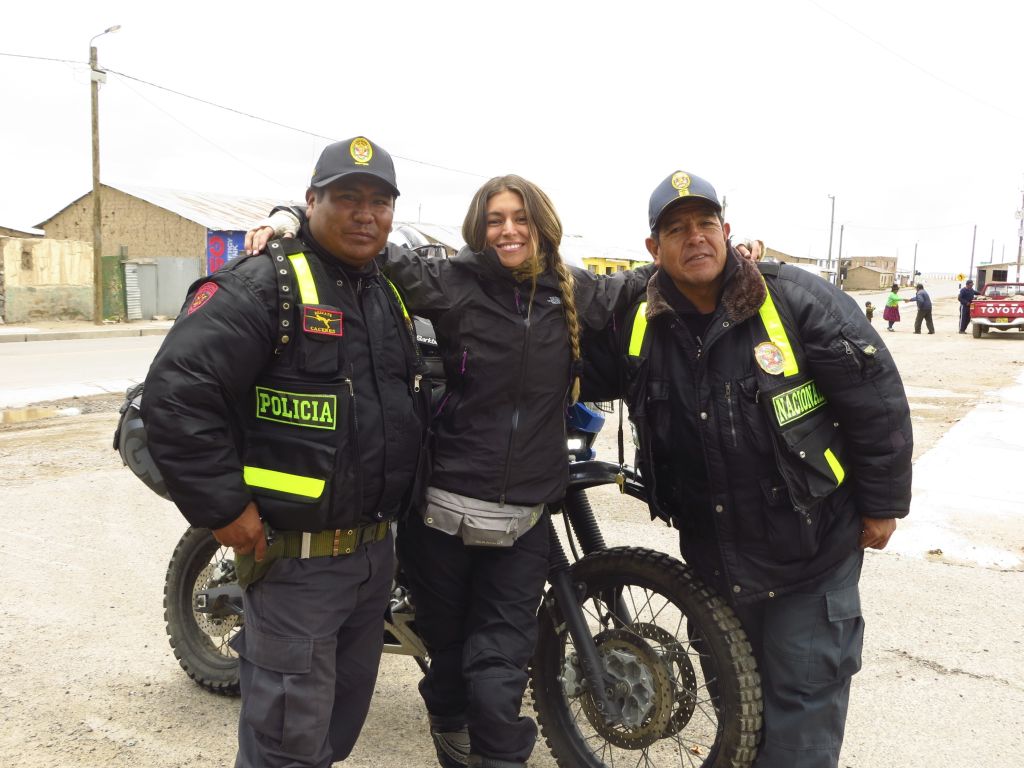
Can you describe the motorcycle license test?
To get a license, you have to take a medical, theory and practical exams. The medical evaluation consists in measuring the response time to stimuli, visual and hearing tests, and motor skill assessments. The theory exam has 35 questions which one can study from a downloadable manual. The practical one was the easiest for me. You must show up at your designated time with your gear and motorcycle. They check the state of your motorcycle and your gear. If everything looks good then they make you drive zigzag between cones and then drive in circles without taking your feet off the bike or braking. Then you drive straight and stop when you hear a whistle, to assess your reflexes. It was a very straightforward exam.
Do you have access to high quality motorcycling gear in your part of the world?
Yes, Santiago is a big city which has almost all the major brands. It is easy to find what you are looking for.
Is there a local motorcycling event that you try and attend regularly?
The truth is that my passion for motorcycles began a year ago, out of which I spent seven months traveling outside Chile, so I have not had the opportunity to participate in events of this type, but I would happily start doing so.
Are any motorcycle related sports popular where you live and do women actively participate in them?
Yes, GP, enduro and trials riding are popular in Chile. From what I’ve seen, a Chilean girl named Josefina Gardulski is participating in enduro and has come to be quite successful in the field.
How are women motorcycle riders treated?
You notice a difference. I could feel that being a woman impresses both men and women. They are glad to greet you, and they even follow me in their cars while I ride.
Once a driver stopped beside me in at a red light and offered me a strawberry. He was driving with his whole family, but the children were glued to their windows looking at me in awe. Honestly, I feel that because I am not on a scooter, it grabs their attention. Surely if something happens and you need help, they would run to help.
Do female and male motorcyclists have the same amount of freedom to pursue motorcycling activities?
I don’t think so. In my experience people do not trust women to handle bikes. Although there are some women who ride better than men, people generally distrust women. Men are encouraged from a young age to learn to ride a motorcycle while women are more overprotected. In my case, my parents always told me that motorcycles are dangerous, and I grew up thinking that. After I dared to learn at 27, I realized it was not difficult and that it was very entertaining. I have ridden conscientiously and with respect, and I have never hurt anyone. I think it depends on your own attitude, independent of being male or female, but society views it differently.
PAULINA RECOMMENDS
[Translated from Spanish by Rene Barranco.]

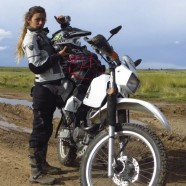





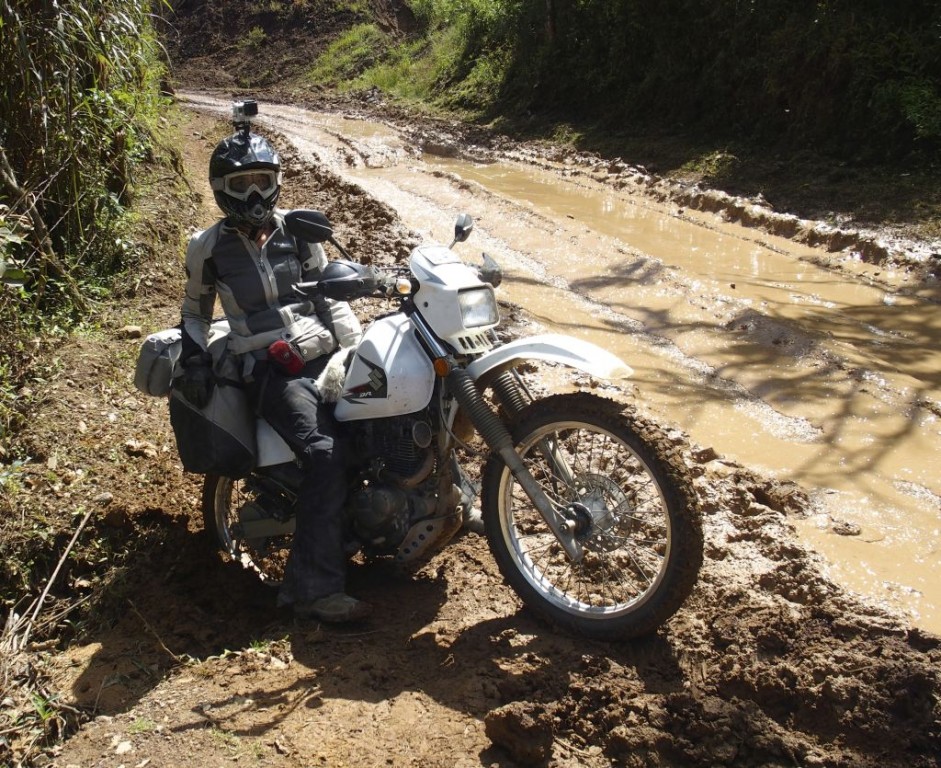
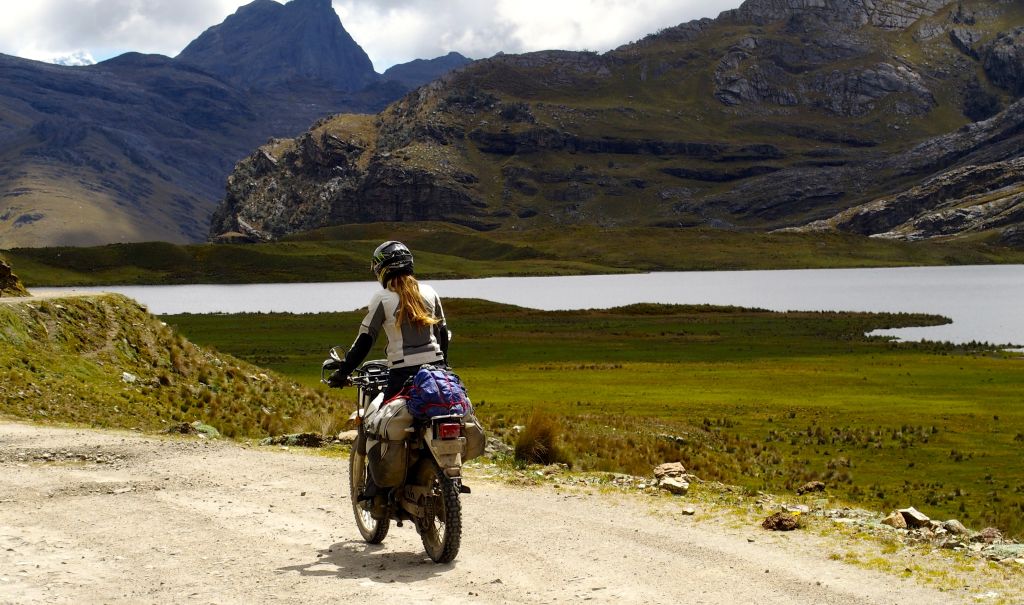
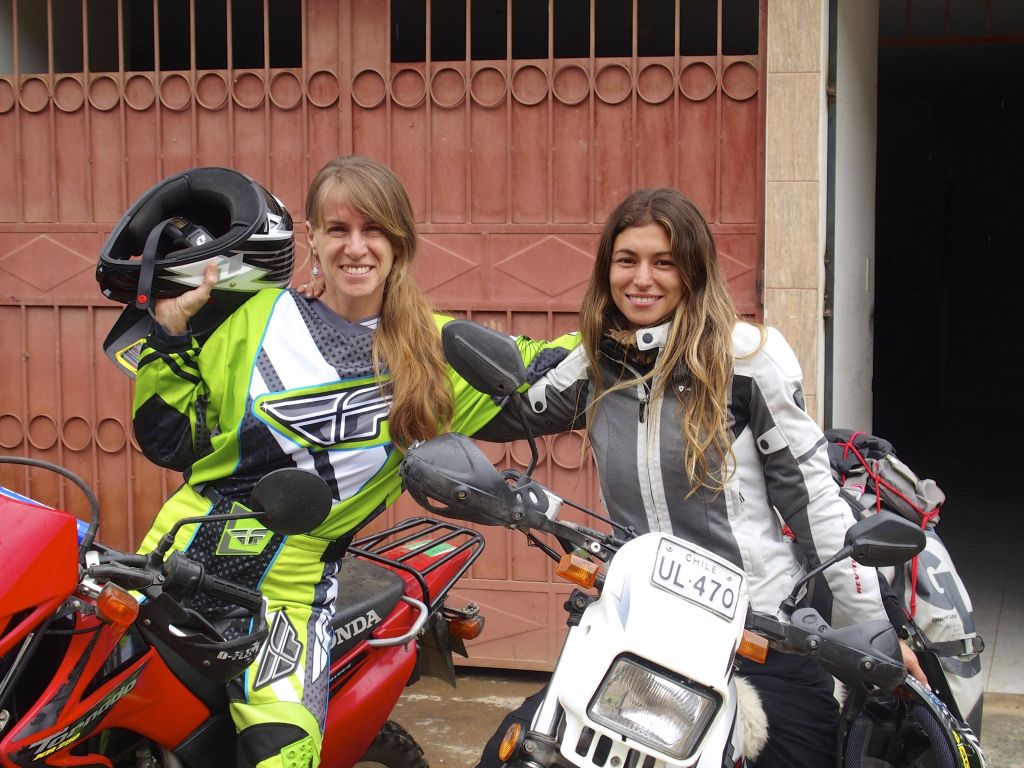
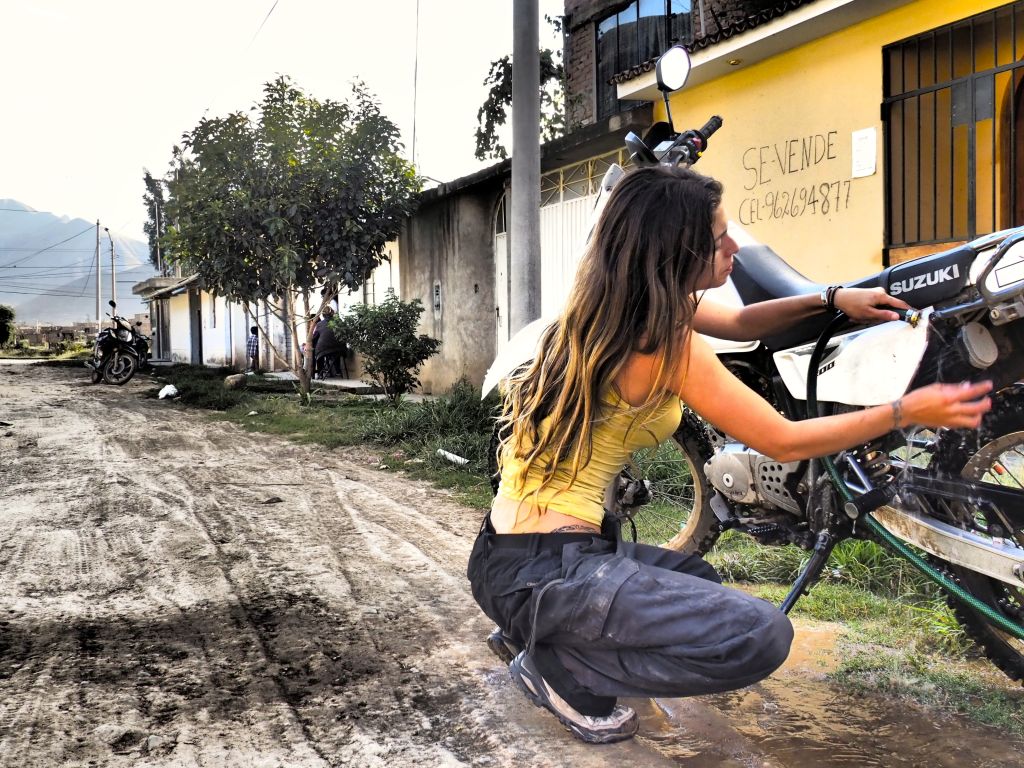
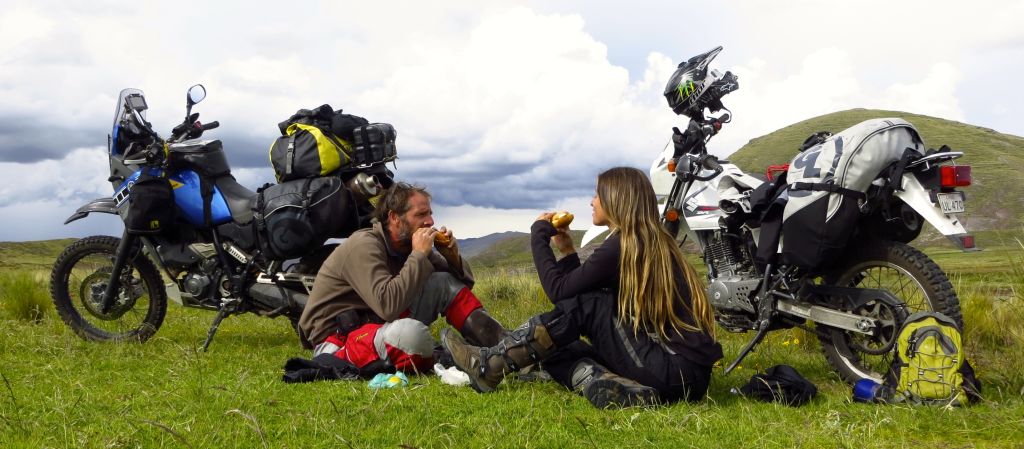
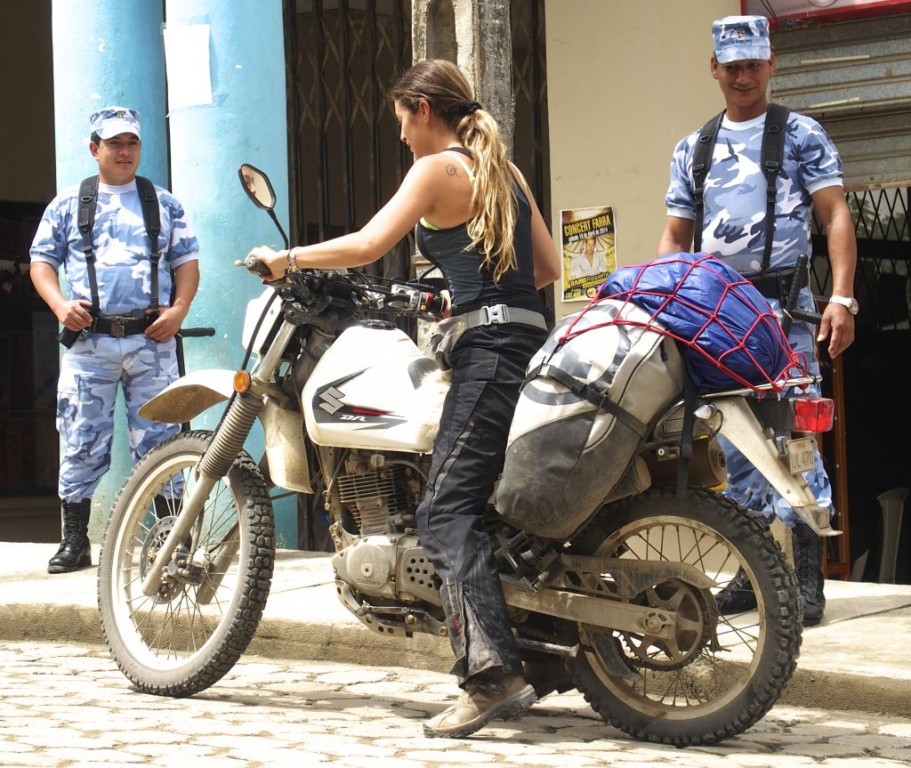
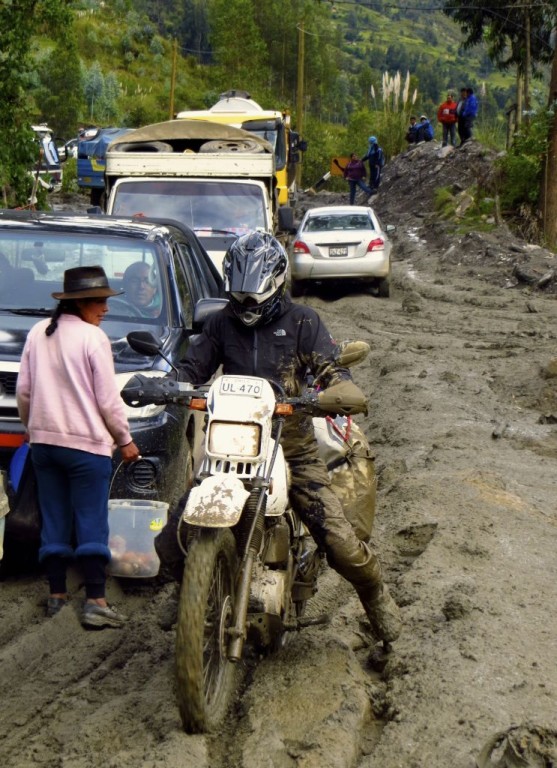
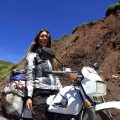
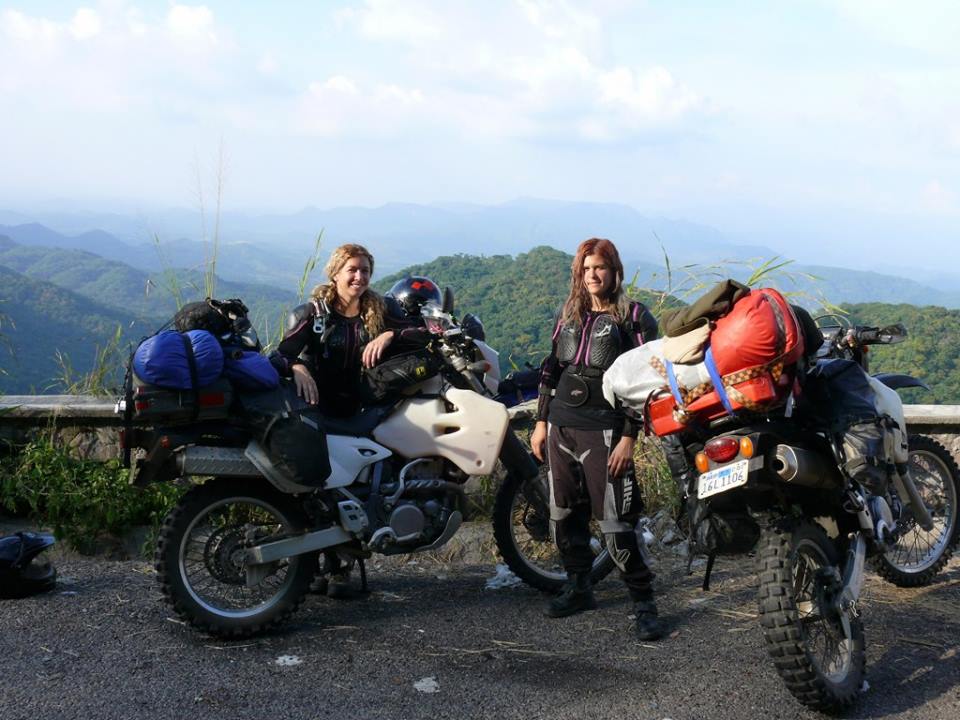
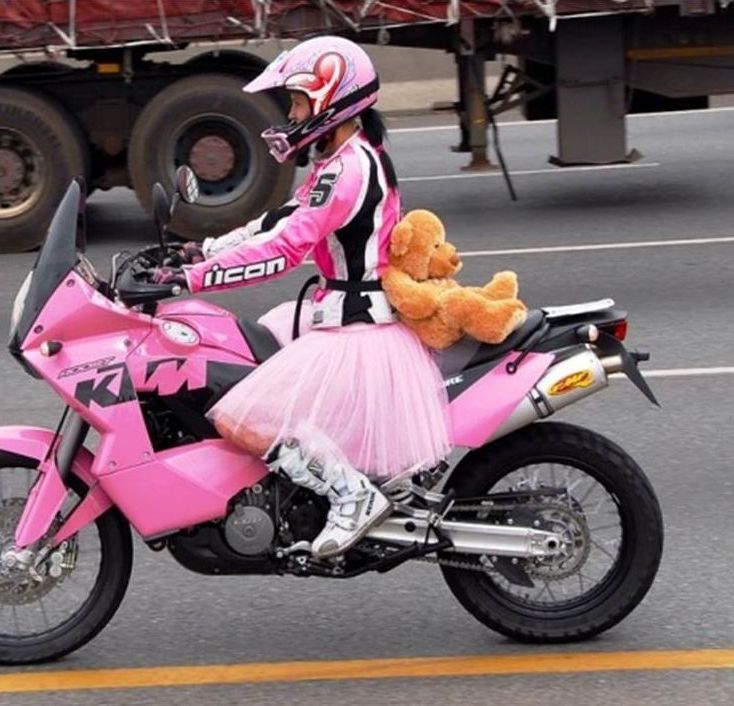
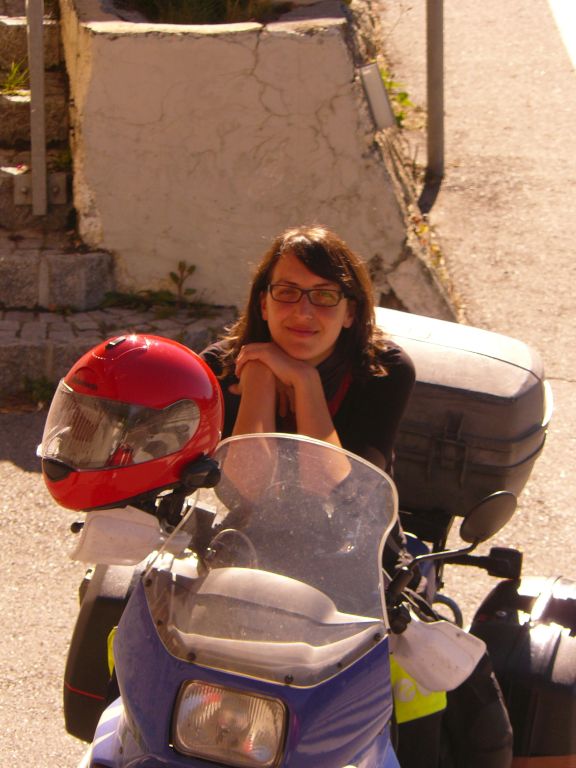
Epic.
Determination and confidence , strong in this one they are. A great article about an amazing trip and an amazing person. How about a book about her journey. I would definitely read that.
También espero que un día nos podamos conocer y vayamos a montar en moto juntas!! :))
Great to read your story Paulina. Jenny and I have been following Paul's blog for some time and your adventures together. We were lucky enough to meet up with Paul at the Adventure Travel Film Festival recently while he was back in UK and were able to thank him for the help he has given us (we've even ended up buying the Forma Adventure Boots that you use and they are very good). Great to see ladies adventure motorcycling, great determination and confidence, good for you! Jenny and I start our one year adventure from Buenos Aires to Ushuaia and north to Alaska in 3 weeks time and perhaps might even meet you on the road somewhere sometime. (We're blogging at http://www.motonoodles.com) Ride safe.
Great to read your story Paulina. Jenny and I have been following Paul's blog for some time and your adventures together. We were lucky enough to meet up with Paul at the Adventure Travel Film Festival recently while he was back in UK and were able to thank him for the help he has given us (we've even ended up buying the Forma Adventure Boots that you use and they are very good). Great to see ladies adventure motorcycling, great determination and confidence, good for you! Jenny and I start our one year adventure from Buenos Aires to Ushuaia and north to Alaska in 3 weeks time and perhaps might even meet you on the road somewhere sometime. (We're blogging at http://www.motonoodles.com) Ride safe.
SALUDOS DESDE COLOMBIA
SALUDOS DESDE COLOMBIA
Una belleza ver una mujer aventurera. Felicitaciones y te deseo las mejores rutas siempre
Saludos Mauro, gracias!
Saludos Mauro, gracias!
Saludos José!!!!
Saludos José!!!!
Thanks James for your words and nice energy! I send you a big hug to you and your wife! I hope to meet you both one day!
Thanks James for your words and nice energy! I send you a big hug to you and your wife! I hope to meet you both one day!
Pau Ulloa Gracias Pau, un cordial abrazo en dos ruedas y mis mejores deseos para el 2015.
saludos desde chile…
Looks like an amazing place to ride
Bravo Mem!
Bien paulina te felicito hermoso reportaje y bonita experiencia, y buenas rutas para la siguiente experiencia en moto. Felicidades.
Ride for life!
MY SALUTE TO A GREAT AND FEARLESS MOTORCYCLIST. IT IS VERY ENCOURAGING . REQUESTING YOU TO COME TO INDIA AND DRIVE MANALI TO LEH HIGHWAY ON MOUNT HIMALAYAS..YOU ARE NICE AND YOUR BIKE IS ALSO NICE. THANKS TO JAPANESE MANUFACTURER. THIS TYPE OF BIKE IS AN IDEAL FOR SUCH TOURING ALL OTHER BIKES ARE BOGUS AND WILL SEND YOU TO HELL.